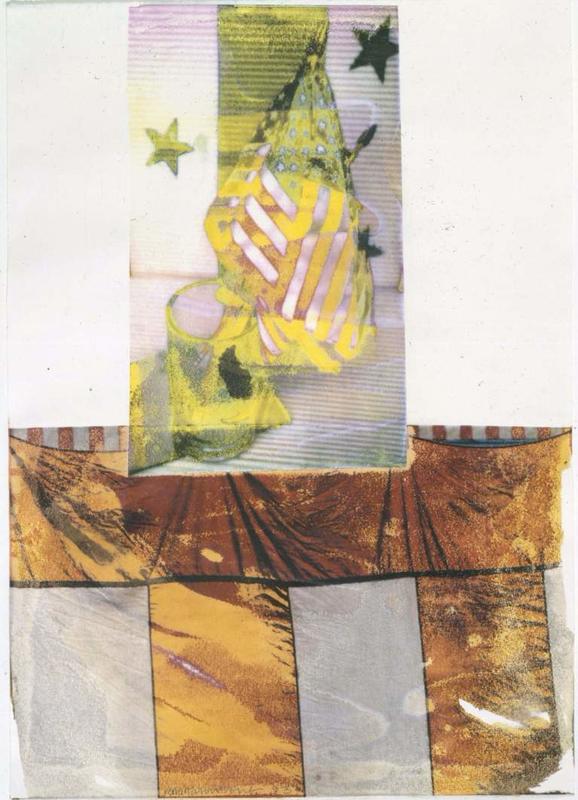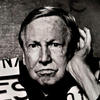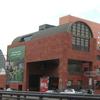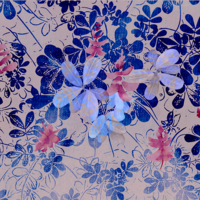More about Celebration (Waterworks)

Sr. Contributor
When Robert Rauschenberg learned that toxic chemicals were harshing the Earth’s vibe, he found a way to utilize his favorite artistic process in a more environmentally conscious way.
For the six years that Rauschenberg and Jasper Johns were together, the two artists made bodies of work that blurred the boundaries between art and everyday life. Even after the two split up in 1961, the dedication to merging art and the everyday remained vital to both artists’ practices. From 1962 through the early 1990s, Rauschenberg zeroed in on the silk screening process, transposing photographic images onto large canvases to create technicolor collages using images from contemporary media.
Although he had a good run of nearly thirty years with this process, Rauschenberg was never known for being predictable. Like a modern day Leonardo, he was an experimenter and innovator to the core. So when he heard of a new process for creating printed images, you bet he explored it. This new process was the result of inkjet printers becoming widely available - yes, just like the one you have at the office. Inkjet printing made Rauschenberg’s printmaking operation both faster and easier, as he no longer had to rely on the arduous process of creating his own silkscreens. He could simply print the images he wanted to use.
As inkjet printing became increasingly essential to Rauschenberg’s work, he began to have concerns about the toxic and flammable nature of the chemicals that he was using. So, Rauschenberg innovated yet again and ultimately developed a process in which he printed images with soy inks onto clear sheets made of gelatin. These soy inks were both water-soluble and biodegradable, making them much better for the environment. Then, Rauschenberg used an electric press and water to release the image from the gelatin sheet and press it onto the artwork’s final paper. The Waterworks series, of which Celebration is a part, was the first series Rauschenberg made utilizing this process. Rauschenberg was no Andy Goldsworthy, but environmentally-conscious art had to learn to crawl before it could meander through the woods.
Sources
- Allen, Greg. “American Beauty.” ARTnews. 10 May 2016. https://www.artnews.com/art-news/news/american-beauty-jasper-johns-robe…. Accessed 28 September 2021.
- Feinstein, Roni. “Catastrophe (Arcadian Retreat).” Rauschenberg Research Project. July 2013. San Francisco Museum of Modern Art. http://www.sfmoma.org/artwork/97.827/essay/catastrophe-arcadian-retreat/. Accessed 28 September 2021.
- George Eastman Museum. “Dye-Transfer Process.” Technology. https://www.eastman.org/technicolor/technology/dye-transfer-printing. Accessed 1 October 2021.












